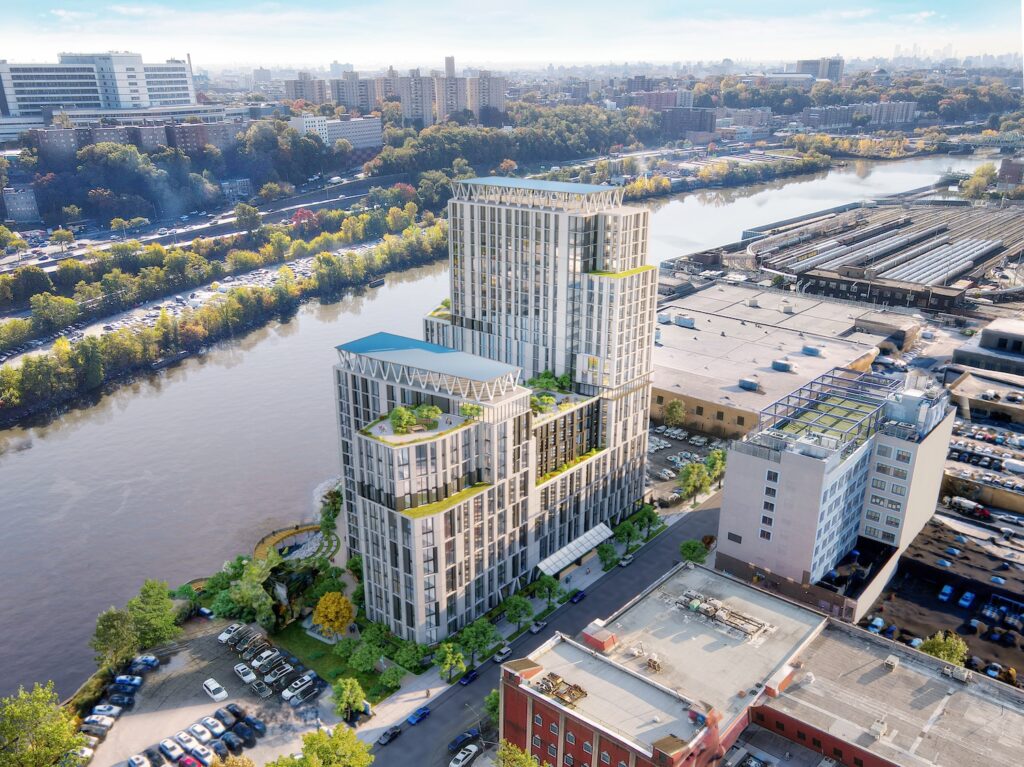
Queens-Based Multi-State Operation Busted by District Attorney’s Office and Members of the State Police Organized Retail Theft Task Force Established by Governor Hochul
13 Individuals Named in a 780-Count Indictment Charging Them with Grand Larceny, Conspiracy, and Criminal Possession of Stolen Property
Queens District Attorney’s Office Leveraged New Laws Targeting Organized Retail Theft Secured by Governor Hochul in the FY25 Enacted Budget
Governor Kathy Hochul and Queens District Attorney Melinda Katz today announced that 13 individuals have been charged in a 780-count indictment for operating a stolen goods and resale ring that targeted Home Depot locations in New York and eight other states. The individuals are facing grand larceny, conspiracy, and criminal possession of stolen property charges, including those included in the FY25 Enacted Budget that strengthened larceny laws by combining the value of merchandise stolen in separate incidents. In addition to these new crimes targeting organized retail theft, the FY25 Enacted Budget included a new crime specific to assault on retail workers, and more than $40 million for law enforcement secured by Governor Hochul. That funding created a dedicated Organized Retail Theft Task Force within the New York State Police, the work of which was integral to this case, and augmented efforts by district attorneys and local police departments to investigate and prosecute these cases.
“Since taking office, my highest priority has been driving down crime and keeping New Yorkers safe,” Governor Hochul said. “Following a post-pandemic spike in retail theft, I committed new funds to establish a dedicated organized retail theft task force and secured stronger laws to hold people who commit these crimes accountable. With better support for District Attorneys, local police departments and the State Police, we’re stopping organized retail theft rings in their tracks and ensuring a safer retail environment for business owners, staff and shoppers throughout New York.”
Queens District Attorney Melinda Katz said, “Thirteen defendants, over $2.2 million in merchandise, 319 incidents of theft, nine states and 128 separate Home Depot stores are the facts alleged, resulting in a 780-count indictment. The defendants took breaks for lunch and dinner, sometimes hitting the same Home Depot up to four times in one day. The stolen items were then resold to consumers, through a Brooklyn storefront or on Facebook Marketplace. Working with our partners at the New York State Police, we brought this brazen operation to a halt. I thank Governor Hochul for signing laws that provide prosecutors’ offices with tools to more efficiently investigate, and more effectively charge, organized retail theft and fencing operations.”
The District Attorney’s Office investigation began in June 2024, when members of the District Attorney’s Detective Bureau observed stolen air conditioners from Home Depot while conducting surveillance in a separate matter. The District Attorney’s Crime Strategies and Intelligence Bureau built the case in-house and worked closely with the New York State Police’s Organized Retail Theft Task Force, part of the agency’s Special Investigations Unit.
New York State Police Superintendent Steven G. James said, “This case sends a strong message to would-be criminals – if you engage in retail theft, we will find you and hold you accountable to the full extent of the law. Retail theft has real victims – threatening the safety of shoppers and retail workers, creating enormous losses for businesses, and rising prices for the rest of us. I want to commend the outstanding work of our investigators and our partners at the Queens County District Attorney’s Office, and I want to thank Governor Hochul for the support she has provided to help us fight back against organized retail theft.”
Eleven individuals were arraigned yesterday on a 780-count indictment including charges of first-degree grand larceny, first-degree criminal possession of stolen property, fourth-degree conspiracy, and other crimes. One defendant remains at large and another will be arraigned at a later date. If convicted, members of the alleged theft crew face up to 25 years in prison, and the alleged black market retailers, known as fences, up to 15 years in prison.
According to the indictment and investigation, members of the theft and fencing ring are accused of stealing home construction tools, building supplies, power tools, smoke alarms, air conditioners, paper towels and other goods totaling more than $2.2 million during a 13-month period from August 2024 to September 2025. The items — stolen during 319 different incidents — were then sold to black market resellers, known as fences, who allegedly ordered the specific items to be stolen and then resold those goods to consumers.
The theft crew met almost daily to determine the locations of Home Depots they would target based on a review of merchandise in each store. Among the most common items stolen were insulation kits, buckets of reflective roof coating, power tools, air conditioners and smoke and carbon monoxide detectors. The amount of merchandise stolen in a single day ranged from about $1,800 to nearly $35,000.
Not including arrests and stolen goods recovered from this operation, the State Police and local law enforcement partners have recovered more than $2.6 million in stolen goods, made 1,261 arrests and filed 2,219 charges across 1,057 retail theft enforcement operations. As of December 2025, retail theft is down 14 percent year over year in New York City. Across the rest of the state, larceny is down 14 percent in the first seven months of 2025 vs. 2024.
Following a post-pandemic spike in reported retail theft in New York City and a statewide surge in reported larcenies, Governor Hochul also advanced new initiatives to strengthen laws, hold perpetrators accountable, protect retail workers and support small businesses, including:
- Elevating the assault of a retail worker from a misdemeanor to a felony, ensuring any person who causes physical injury to a retail worker performing their job is subject to enhanced criminal penalties
- Allowing prosecutors to combine the value of stolen goods when filing larceny charges, and allowing retail goods from different stores to be aggregated for the purposes of reaching a higher larceny threshold when stolen under the same criminal scheme
- Making it illegal to foster the sale of stolen goods to go after third-party sellers
- Securing $5 million to fund tax credits to help small businesses invest in and alleviate the financial burden for added security measures















 Sign up now! Email:
Sign up now! Email: 



